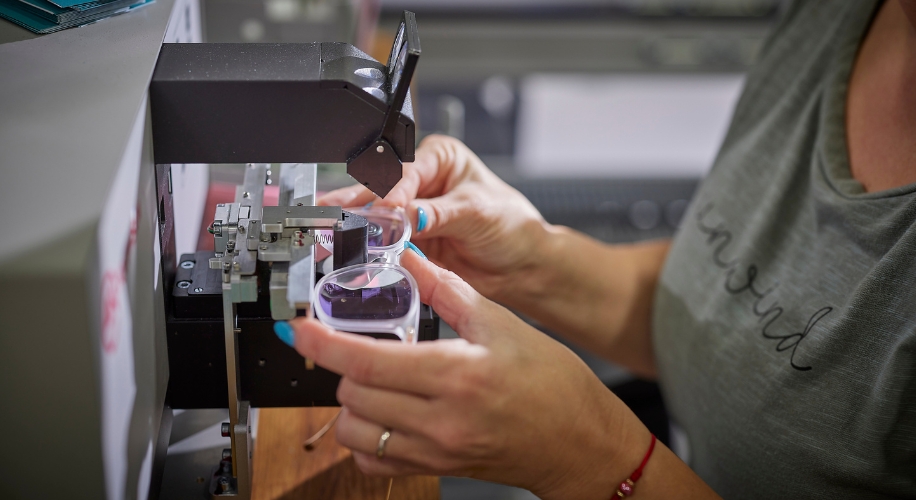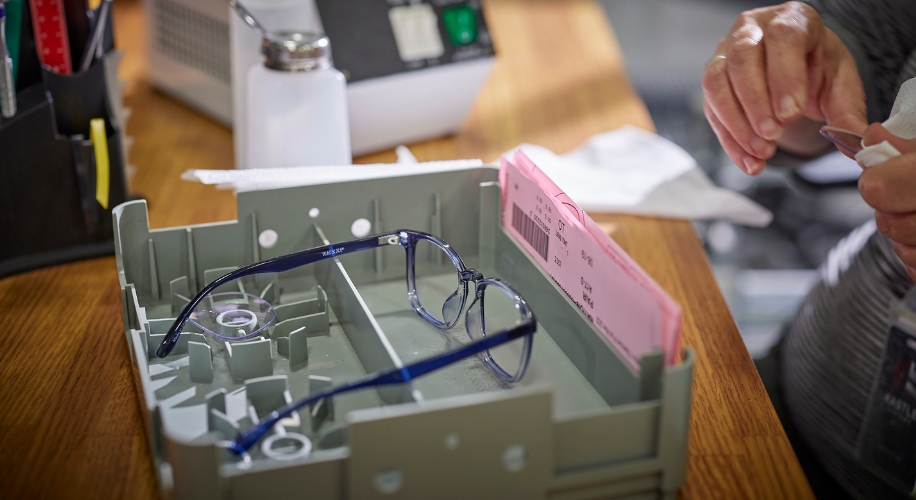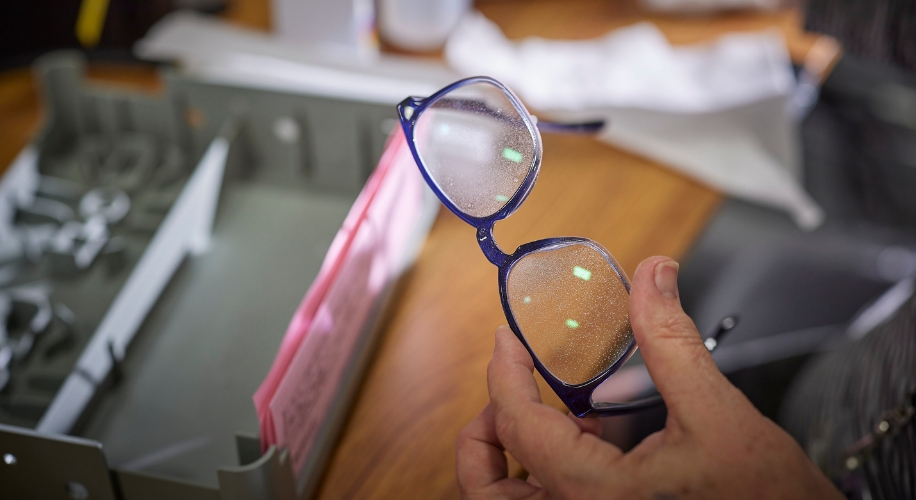Exploring the Differences: Polycarbonate and Plastic Lenses

When choosing your new pair of glasses, you’re often faced with many decisions, such as frame shape, color, and style. But one important decision that requires a bit more consideration is lens material. Specifically, understanding the differences between polycarbonate and plastic lenses can greatly influence your comfort, vision quality, and overall satisfaction with your glasses.
What are Polycarbonate Lenses?
Polycarbonate lenses date back to the 1970s when they were initially used for safety glasses. Today, due to their high impact-resistance and lightweight nature, they are a popular choice for eyewear, especially for children, athletes, and individuals with active lifestyles. Polycarbonate lenses are also known to have built-in UV protection, an essential feature when considering eye health.
Understanding Plastic Lenses

On the other hand, plastic lenses, also known as CR-39 lenses, are a common choice due to their cost-effectiveness. They offer excellent optics and are lighter than glass lenses. Plastic lenses became popular in the 1940s as a safer and lighter alternative to glass. However, they are not as durable as polycarbonate lenses and may not be the best choice for active individuals or children.
Polycarbonate vs. Plastic Lenses: Key Differences
When comparing polycarbonate to plastic lenses, several factors come into play. Some of the most notable differences include:
- Durability: Polycarbonate lenses are more impact-resistant than plastic lenses, making them a safer choice for sports, kids, and active lifestyles.
- Weight: Polycarbonate lenses are lighter than plastic lenses, which can increase comfort, especially for those who wear glasses for extended periods.
- UV Protection: Polycarbonate lenses offer 100% UV protection without the need for an additional coating. This isn’t the case with plastic lenses.
- Optical Clarity: Plastic lenses provide slightly better optical clarity compared to polycarbonate lenses, but the difference is minimal and often unnoticeable in daily use.

Ultimately, the choice between polycarbonate and plastic lenses depends on individual needs and lifestyle. If you are looking for the most durable and protective option, polycarbonate lenses are a superior choice. However, if cost is a major factor, plastic lenses offer good optics at a more affordable price point.
Choosing the right lenses is an important step in ensuring optimal vision and comfort. Speak with your eyecare provider to understand which lens material is best suited to your needs. At Zenni Optical, we offer both polycarbonate and plastic lenses to cater to diverse needs and preferences. Our dedicated team is always ready to assist and guide you towards making an informed decision.




 Canada
Canada